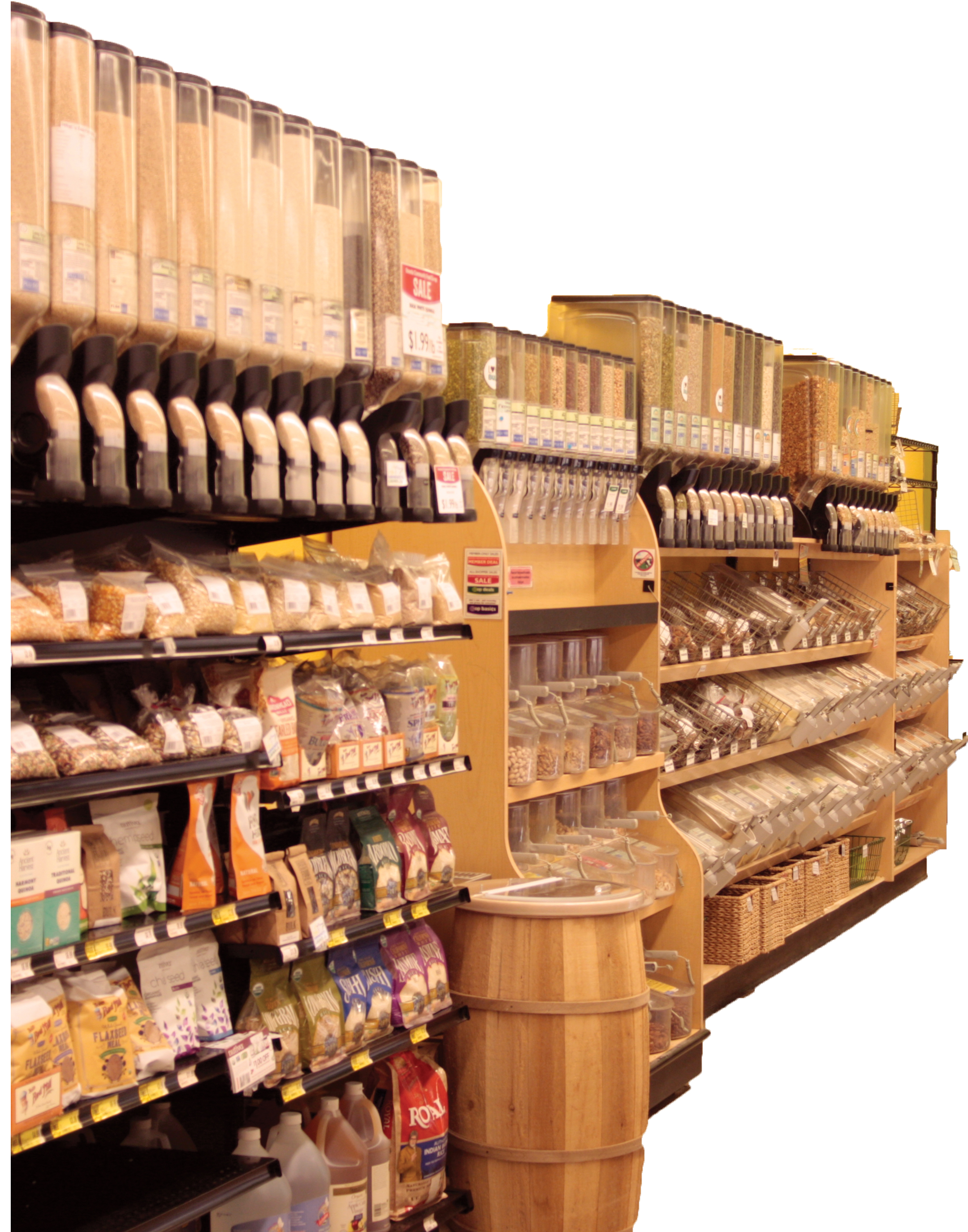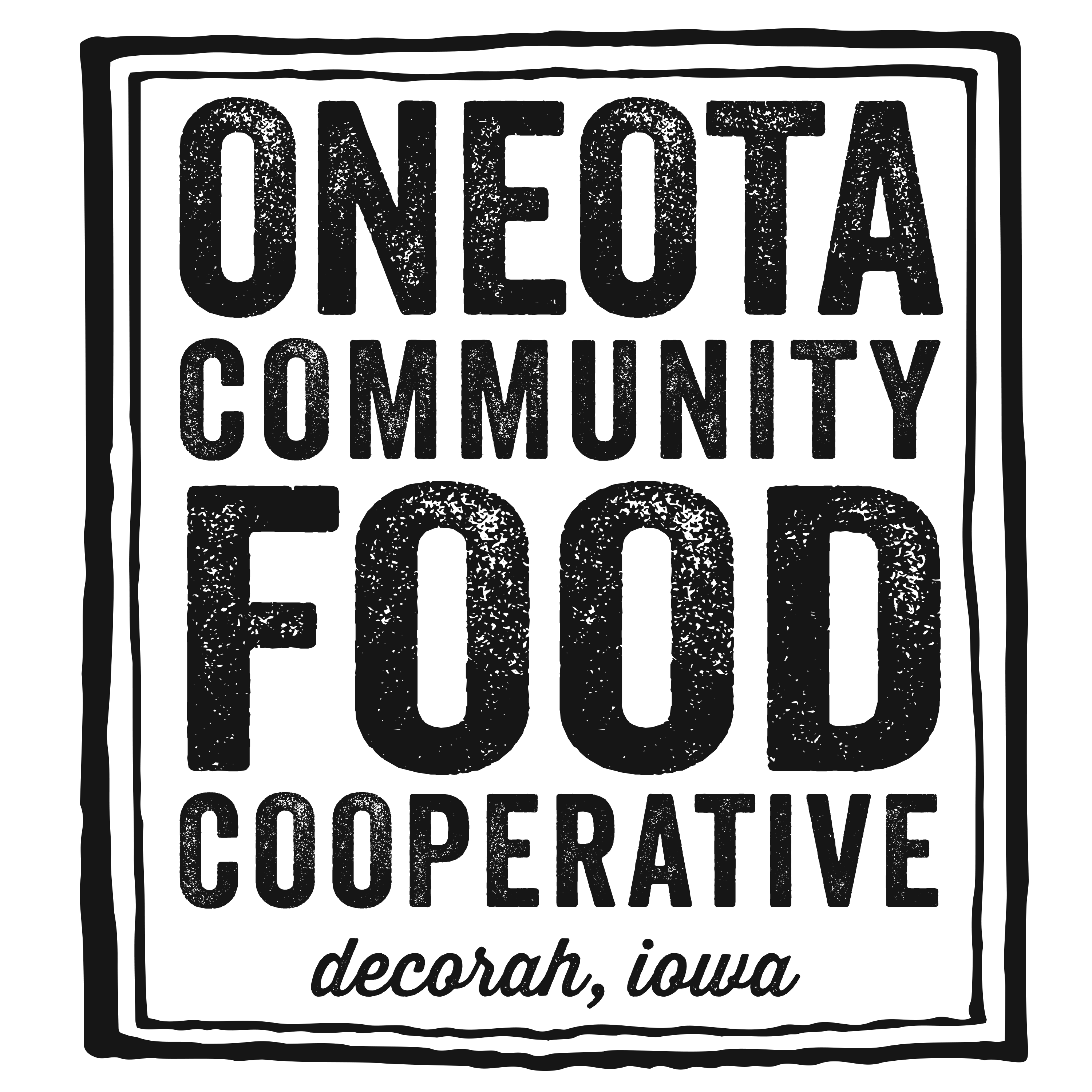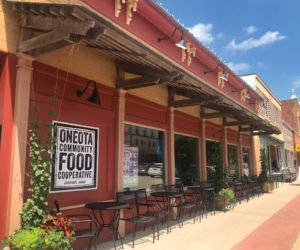 By Nate Furler, Marketing and Outreach Manager
By Nate Furler, Marketing and Outreach Manager
The Co-op started a very tough change this past December. We changed the layout, inventory, and some would say, the heart of the Bulk department – if not the heart of the store.
Bulk shopping is very important to us at the Co-op and this change was not made hastily. In fact, as outlined in an article composed for the Fall 2016 Scoop publication, a great deal of time, energy, and thought has been devoted to this project.
We understand the change is dramatic. We don’t deny that this department overhaul may appear catastrophic to many seasoned Bulk shoppers. We agree with the sadness that can be elicited by the changes that have occurred. We, too, are saddened by the need for the change.
Marketing of, and attention to, the Bulk department has not waned. Over the past several years, there has been additional focus on Bulk in an attempt to increase sales in the department including sales on entire categories on a rotating basis, educational outreach, and advertising. This attempt was met with little to no success. The decline of sales continued in the department – resulting in a roughly $54,000 budget deficit in sales in 2016.
When we moved to the current store location in 2008, sales naturally increased. The Co-op grew in size. The Bulk department expanded. (You can see the historical data below.) Growth of the department stalled in 2009 and then resumed an upward trend. In 2014 sales growth started to diminish and we are now back to levels of bulk sales below what was seen in 2013:
2006 $243,380 +56,661 yr/yr
2007 $312,775 +69,395 yr/yr
2008 $410,420 +97,645 yr/yr (new store)
2009 $415,151 +4,731 yr/yr
2010 $442,126 +26,975 yr/yr
2011 $456,324 +14,198 yr/yr
Change
Many things have changed over the years. At one time, the price of a bulk item compared to a similar packaged grocery item proved advantageous to the Co-op and the consumer. Bulk was oftentimes cheaper than the exorbitantly packaged product of similar quality. This has changed – not because of our internal pricing structure, but because of the products and pricing available to us through our suppliers.
One might say that a solution is to simply lower the margin on Bulk items and raise the margin on packaged grocery. However, there are critical issues with this strategy that we must avoid.
One issue is the fact that not everyone wants to take the extra time to shop in Bulk versus Packaged Grocery. This one item pertaining to shopping pattern, time, is huge as of late. We are fighting what appears to be the shift in shopping patterns of the current consumer. We thought the age of convenience was already upon us several years ago. However, especially in the grocery world, convenience is increasing in demand and availability. Online sales of grocery products are increasing. Even in Decorah, and amongst typical Co-op shoppers, this convenience is winning out.
Food For Thought
Think about the fact that Bulk shopping is not one, but two steps removed from this convenience. Not only do you have to go to an actual physical grocery store, you have to bag, package, or box your own bulk product to purchase it. If people are willing to spend more to have groceries delivered to their front door, they certainly are not willing to stop at a store to put their chosen product into a container.
As you have noticed, we made the decision to start repacking certain items in the Bulk department. Some of these items were awesome sellers for the department and not found on our packaged grocery shelves, so we decided to add an in-house-packaged product for shoppers – also referred to as “repack.” Our hope is that this ease of shopping will increase the purchase of these products by those demographics not willing to shop from a bulk bin. We also hope that by further education through signage – and articles like this – we can pass on our passion for bulk shopping and potentially convert a few shoppers to filling their own, reusable containers.
Issue Number Two
A second critical reason we cannot simply raise our packaged grocery margin is we must remain competitive in a market where, even in Decorah, our products are increasingly showing up on conventional store shelves. If the seasoned bulk shopper is small in number, barely existent is the shopper who purely wishes to pay more for a product – even if it is supporting a small local organization like the Oneota Co-op. In a time of fixed incomes and dual working-parent households, budgets and calendars are tight.
In addition, I don’t doubt that conventional grocers are using their conventional products to compensate for a lower margin on their organic products. The consumer is less likely to notice a price increase on a conventional product when there is a more expensive organic product nearby. And that organic product can surely use a little less margin to make it a cheaper retail price.
Beyond Price
In reference to the earlier article, when determining what to remove from the Bulk department offerings, we also looked at shelf life of products. When looking at average shelf life of specific products in the department, we noticed there were clearly products we could not assure were the best quality leaving the store en route for long term storage in the home kitchen. In other words, we do the best we can with holding items in coolers and dry environments at the Co-op. But, sometimes products still don’t move quickly enough to ensure the quality we feel is of vital importance for consumers.
This illustrates why some of our products that may have been “okay” sellers in Bulk, were shifted to a packaged grocery item. A good example of this are some specialty flours, grains, seeds, herbs, and spices. There is little question that a packaged, sealed product will last much longer than its counterpart held in a bulk bin.
Perceptions
Over the past several years, co-ops across the nation have seen dramatic declines in Bulk department sales. This may seem counter to what shoppers notice at conventional grocery stores where they have made the move to start carrying bulk grocery items. My bet is that when you walk into a conventional grocery store and see a bulk section, you probably think it looks more like your neighborhood food co-op. Conventional grocers are going for the “market” feel and the perception of eco-friendliness – which food co-ops have thrived on for decades. They want what we have, and they have the ability to do it cheaply and quickly. We are living this reality even in Decorah.
Co-ops have been seen as expensive for as far back as I can remember. Oneota is no exception. The main reasons for this are the types of products carried on our shelves, our supply chain, and the size of our store. If we could, we would offer the same price for an identical product that Walmart might have. But Walmart’s price for purchasing that item to sell on its shelf is dramatically cheaper than what the Co-op will ever see. Compared to Walmart, Hy-Vee, and other conventional grocery stores, our volume of purchasing is comparable to a drop of rain in the nearest lake. That is even with our combined buying power with other member co-ops associated with National Co-op Grocers (NCG).
Forward
We have additional ideas concerning Bulk that are being explored. Perhaps an online buying club portal on our website that would allow for special order of cases and also split cases of product. We also continue to fine-tune the Bulk department revamp, working to make the product mix as inclusive and in-line with the bulk shopper as possible.
Please continue to share your comments – positive or negative. We appreciate your feedback.



